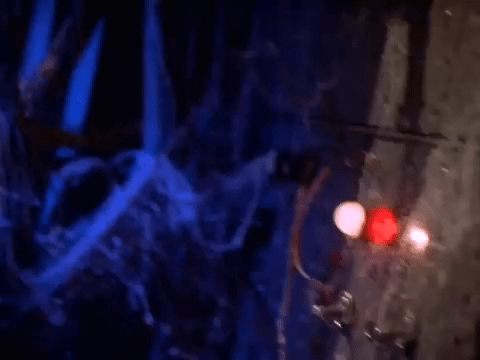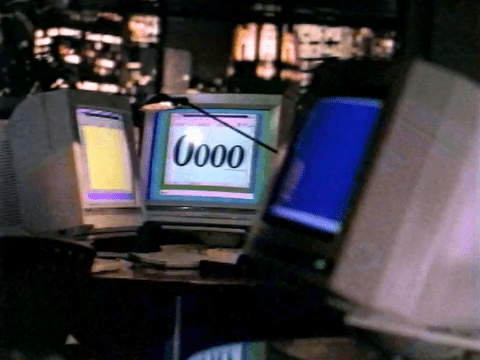Retro tech, aesthetic, electronics tinkering and irl robot blog of @tetranymous
Don't wanna be here? Send us removal request.
Text







NORIKO-93 (1993) by Yu Itani, JMMC, Japan. NORIKO-93 won the 14th All Japan Micromouse Competition in 1993, with a time of 9.95 seconds, sticking with the 6-wheel DC motor design of its predecessor. "This is NORIKO-93, which won the 1993 tournament. … NORIKO-93 was ranked the best mouse until the Tohoku tournament two years ago … The drive unit is neatly organised, and the steering motor and battery are attached to the underside of the chassis to reduce drag. Also, the active-crank arm suspension that was used previously seems to have been used again this year. This shape and design is probably the perfect form for a six-wheeled mouse. It was overwhelmingly fast." – Micro Mouse 2003
The video of Yu Itani with NORIKO-93 is from Moringa's Micro Mouse Workshop.
35 notes
·
View notes
Text
spaghetti style
SPAGHETTI-STYLE: see the shape of the solder tracks

univac circuit board, cred: vintchip.com

electro harmonix bad stone circuit board, cred: homewrecker.com
1K notes
·
View notes
Text

CSIRAC, Australia's first digital computer, on display at the Scienceworks museum.
#Wish I knew about this during the one time I've ever been to Melbourne#ONE DAY I'll get back down there#For context: we have basically no computer museums#The powerhouse (which is local to me) has a huge number of interesting computers in its collection;#But 1: never really puts them on display (no room!) and 2: 2 of its 3 locations are undergoing huge renovations right now and are closed#I can only hope that when they re-open that they put their yellow IBM 1401 out on display :)
743 notes
·
View notes
Text
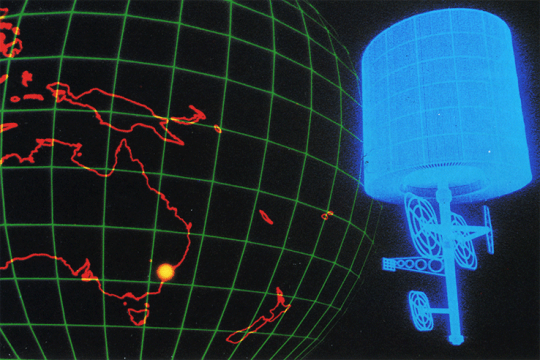
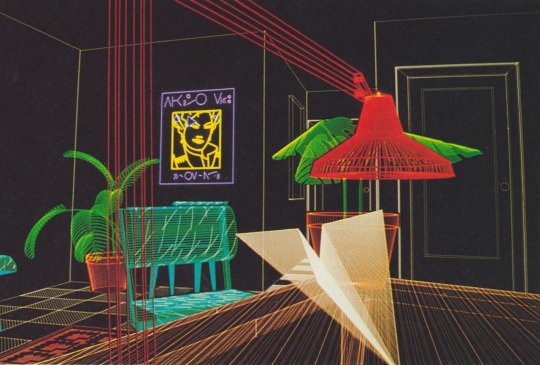
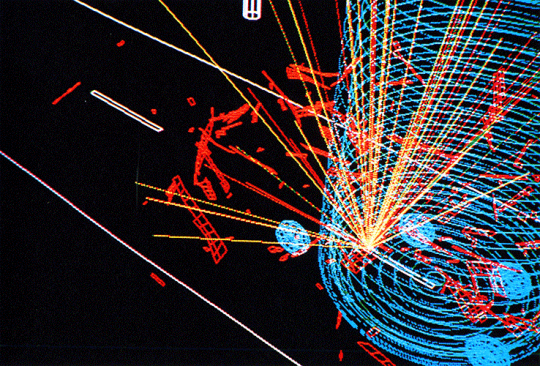
Illustrations from the 1984 book, CREATIVE COMPUTER GRAPHICS. I remember when computer art looked like this.
2K notes
·
View notes
Text
The big announcement of the day is
that a couple days ago someone was searching through a VMS/VAX tape backup from 1983 of a computer that had been in Atari's coin-op division, when they found...
...a previously unknown Atari 2600 game named 'Fish'.
No one knows for sure who the programmer was, or whether this was something official or just a fun project someone was working on (since this was not found in the home console division).
But I'm here to tell you it is freaking amazing. I've thrown the ROM at every emulator I have (Stella 7 on the PC, StellaDS on the Nintendo DS, Dingux Stella on the Dingoo A-320 handheld, and of course the Atari Flashback Portable) and it plays in all of them.
Where to get the ROM as a .bin [AtariAge] A review and instructions thus figured out [AtariProtos]

474 notes
·
View notes
Text
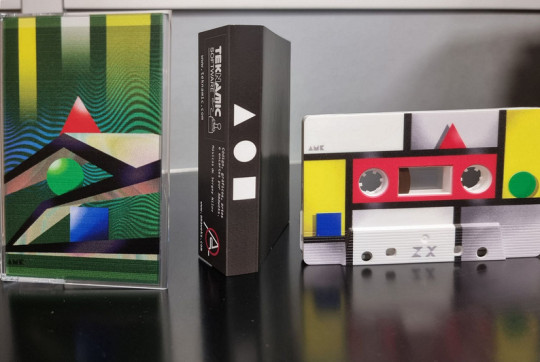
Game? Art? Or both? Digital and... physical? Unravel an intriguing universe that mixes platforming, action and puzzles, and experience a unique aesthetic adventure on ZX Spectrum and MSX.
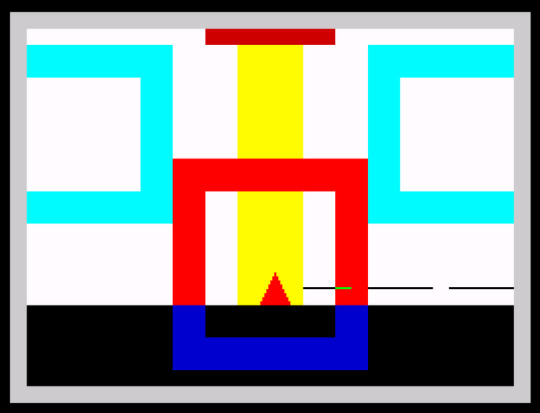
/\ O [ ]
The initial idea for this game came from dialogues I had with my friend Luiz Souza. We were talking about what Anachronic Art would be, he was writing and rewriting the final version of our Anachronic Art Manifesto, and Kandinsky was always coming up in the conversation. From our dialogue came the idea to make an abstract game, and more than that: to create a whole fiction that the concept of the game would have been created by the abstract painter himself. I've made some graphical mockups that could compose the game, and then Luiz Souza wrote a story where his fictional Kandinsky died as a junkie in the late 80's and influenced some underground game developers. In the end, I had to change many things about the game: the aesthetics of Mondrian's art suits better with the technical limitations of the microcomputers of the 80s, and the exercise of fiction regarding authorship had already been carried out in Luiz's short story. The game still is somewhat related to literature through the encrypted text that comes with the physical edition inserts.
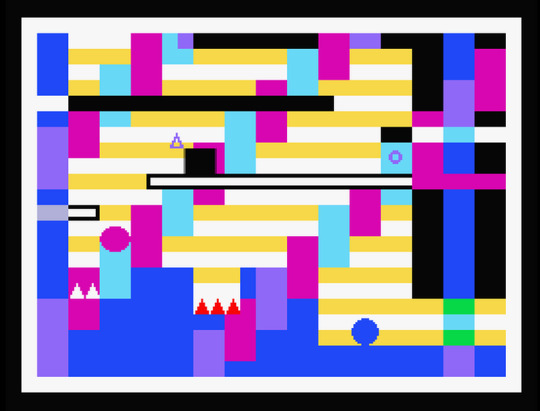
A few years ago, when I found out about the ZX Spectrum (1982), I believe around 2014, my pixel artist self fell in love with that color palette and the famous (or infamous) "Colour Clash". It's just that in the ZX, economical in all technical aspects, there is no memory space for sprite color information (the objects that move freely around the screen), and these borrow the colors from the graphic blocks in the background (generally composing the scenario).
This is the third game I develop for the ZX. In the first one, Devwill Too, I tried to use 8x8 blocks completely filled with color to create colorful backdrops and avoid showing the "Color Clash". I heard praise from people who found the graphic style interesting because of this. In the second, Virgil's Purgatory, I tried again to use the blocks in this way, going a step further, with the details of scenarios drawn with these large cells, blocks of 8x8 pixels, and graphics in black, grey, white, and red.
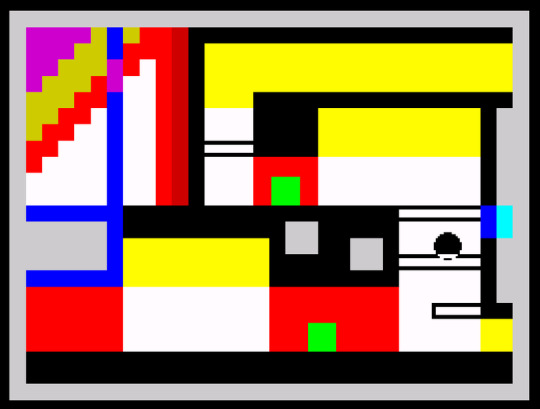
But in /\O[] I finally achieved the main objective of using the "Colour Clash", at first a limitation, a flaw, as a graphic effect of light, shadow, layering, simulation of automatic scrolling screen, and general aesthetics about the game. Speaking of which, the aesthetics (not to be confused with the true meaning of the word cosmetic) is conceived in such a way that each canvas forms a frame, an abstract canvas in motion. As Luiz Souza accurately evaluated: "you think about colors like a painter and apply them like a game designer". As already mentioned, the canvases were strongly inspired by the paintings of Piet Mondrian, although the basic shapes were also left from Kandinsky: the circle, square, triangle, line and point.
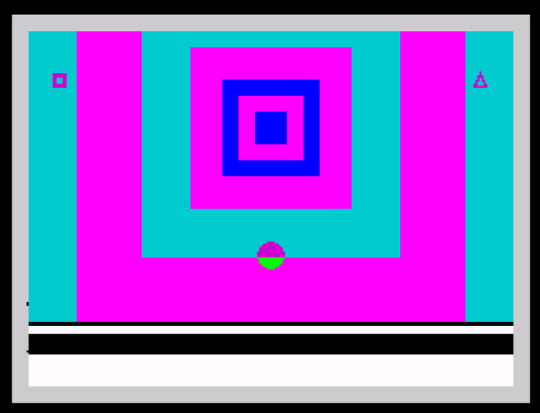
I continue to seek to enrich the video game I produce with cultural elements from all places, from all times, in anachrony, which as Luiz Souza concluded, regarding our Anachronic Art Manifesto, first dismantles and fragments time, understanding each one of its elements in its historical moment, to reassemble these fragments in a cohesive, conscious and critical way.
Without more to say, I hope you can play /\O[] and have fun, enjoy, enjoy, take what suits you from the experience.
52 notes
·
View notes
Text
Felices fiestas! Happy holidays!!
From a TI 99/4A.
191 notes
·
View notes
Text

The Perfect High-End PC PC Mag - December 2001
477 notes
·
View notes







